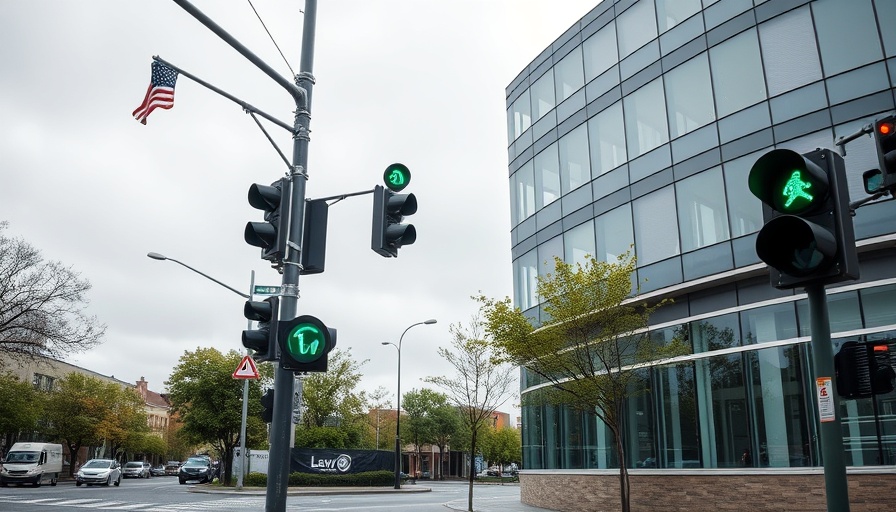
San Francisco's Speed Cameras: A New Era in Traffic Safety
San Francisco has recently introduced a fleet of speed-monitoring cameras aimed at curbing traffic violations, and the early data paints a startling picture: an average of 1,000 speeding drivers are being caught every day. The initiative began in March 2025, with the San Francisco Municipal Transportation Agency (SFMTA) revealing data showing that nearly half of all citations (44%) are issued on Fulton Street—a hotspot for lead-footed drivers.
Understanding the Frequency of Offenses
According to reports, the speeding tickets recorded are largely associated with vehicles traveling greater than 15 miles per hour over the limit. This statistic raises concerns, especially considering most San Francisco streets are capped at 35 miles per hour or less. Interestingly, the data also indicates that Tuesdays witness the highest volume of speeding violations, particularly during the weekday morning rush hour from 7 am to 8 am.
Why Fulton Street?
Fulton Street stretches between Arguello Street and 40th Avenue, a route ripe for speeding due to its straight length. This raises questions about the road's design and whether infrastructure changes could help reduce these alarming speeds. Many citizens are wondering if the high rate of citations on this particular street reflects merely bad driving behavior or indicates a deeper issue with local traffic management.
Looking Ahead: Penalties and Community Impact
Currently, drivers are receiving warnings and have not yet been penalized financially; however, the SFMTA has indicated that fines ranging from $50 to $500 will be enforced once the complete camera system is operational by early June. This shift towards actually charging offenders is expected to drive a significant behavioral change among drivers.
The Bigger Picture: Implications for Public Safety
This initiative not only aims to decrease speeding in densely populated urban areas but also serves as a reminder of how technology can contribute to public safety. While the intention behind these cameras is clear—to promote safer driving—the community must grapple with the ramifications, including privacy concerns and the potential for unfair targeting of specific neighborhoods.
As this new traffic enforcement policy rolls out, it will be crucial for residents to engage in dialogues about traffic safety, public spaces, and community well-being. The coming months will be pivotal in shaping the future of transportation in San Francisco, paving the way for more discussions about how innovation can foster safer streets.
 Add Row
Add Row  Add
Add 




 Add Row
Add Row  Add
Add 

Write A Comment